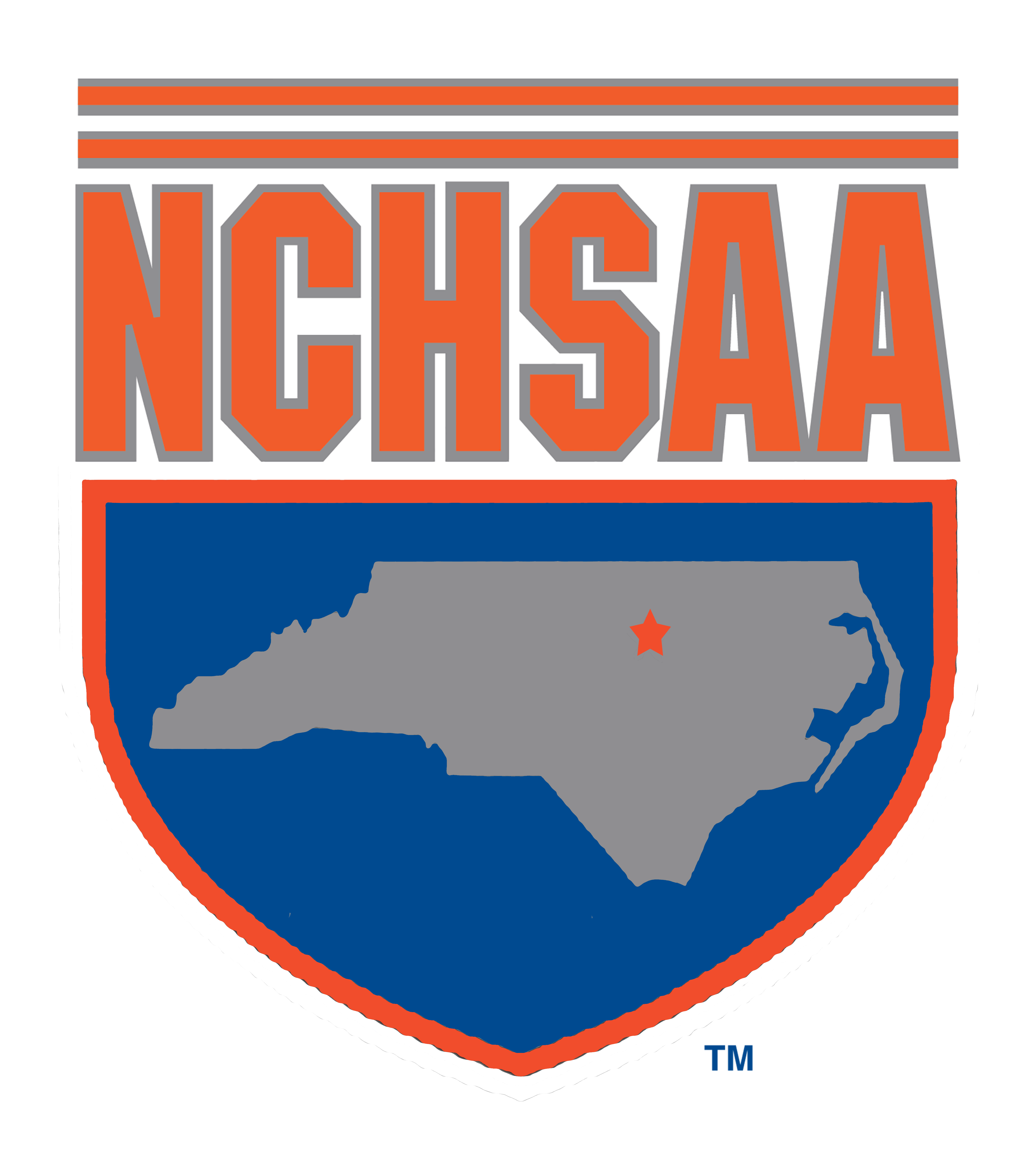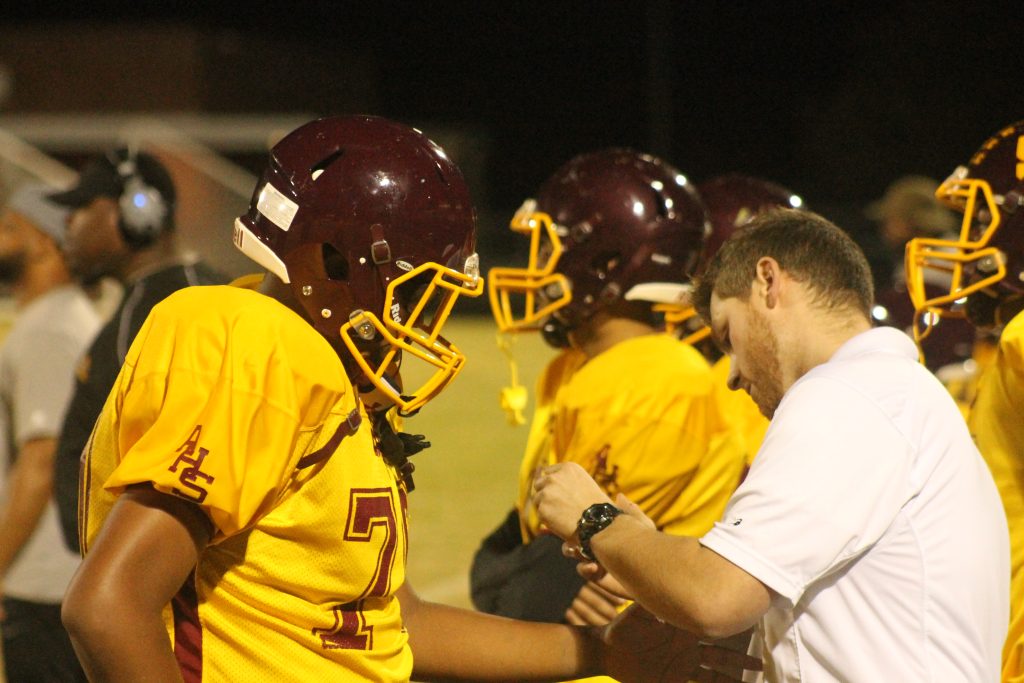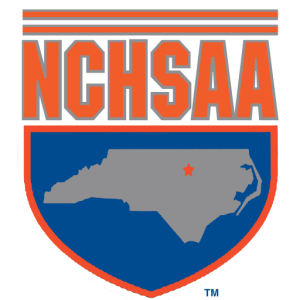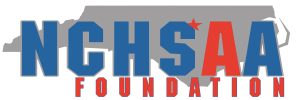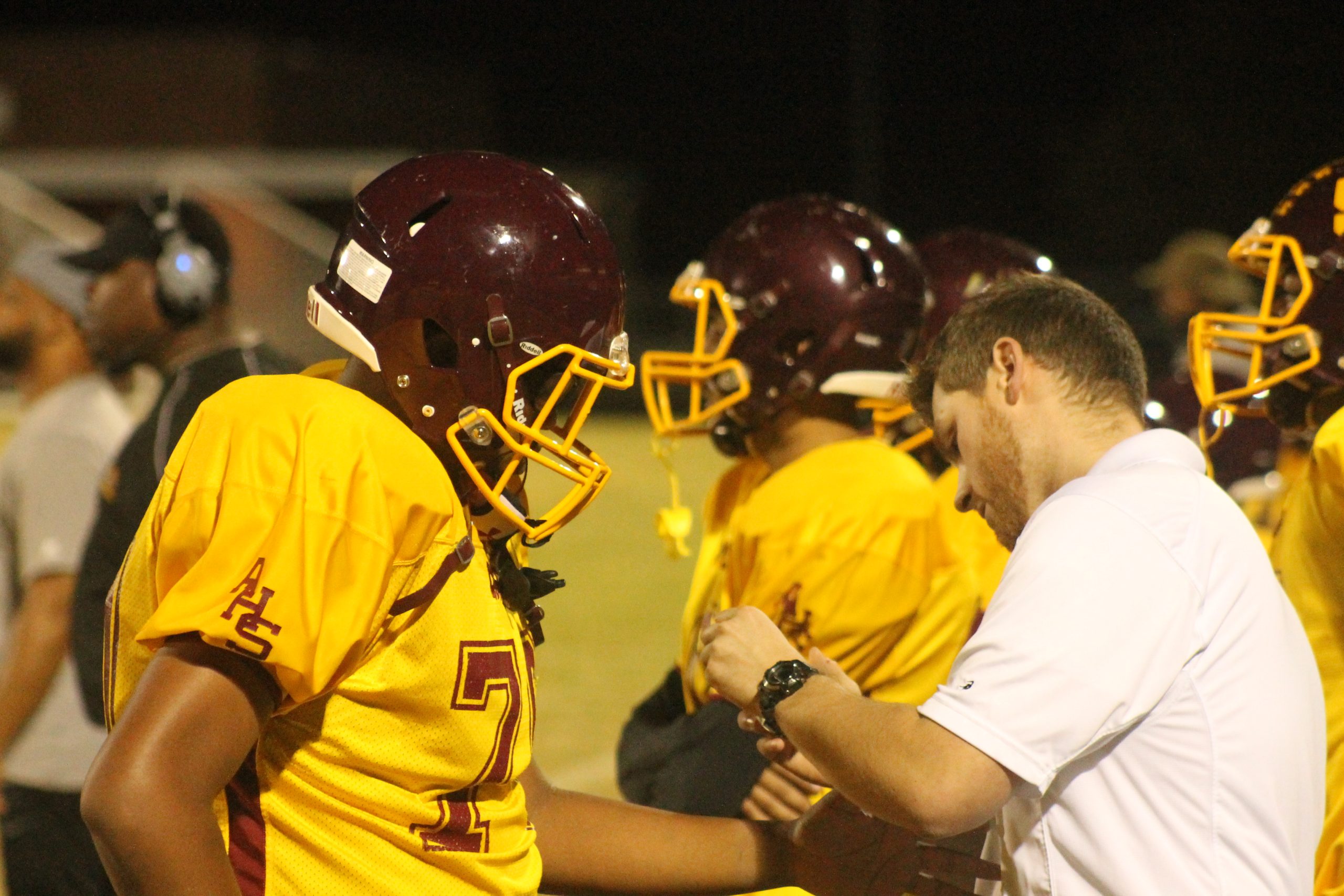
The NCHSAA is excited to recognize the role of Licensed Athletic Trainers (LATs) in high school athletics during National Athletic Training Month. This article is one of three in a group of interviews with LATs about their role and their reason for participating in athletic training in conjunction with the NFHS's #MyReasonWhy campaign. This interview is with Atkins High School Athletic Trainer Jonathan Reidy.
To find other interviews from the series, click here.
Why did you choose to be an athletic trainer at a secondary school?
I believe secondary school ATs have a great opportunity to impact their student-athletes in a positive way. We get to work with kids during a crucial development period. We help them learn to overcome adversity through hard work. You also can’t beat the feel of Friday night lights!
What personal and professional fulfillment do you receive from being and athletic trainer at a secondary school?
I personally enjoy seeing the change in kids during their time in high school. The change from 13/14 to 18 is far more significant that you see in college kids. We also get to help our student-athletes through some of their toughest moments; I believe we can impact how they approach and handle these types of situations.
What advice do you have for someone considering a career as a secondary school athletic trainer?
It’s important to remember that not all SSAT situations are the same. If you’re passionate about this age group don’t be afraid to move from one high school to another. A lot of people end up in one school that’s not a good fit and wrap the whole secondary setting into one. Don’t be afraid to make the leap to a new school if you think it’s a better opportunity!
In what way(s) does having an LAT impact cost containment as medical services for your student-athletes are provided on your campus?
ATs control costs through our skills and educational preparation. Evaluation and Diagnosis are important in protection of resources whether it be physical resources on campus like tape, braces, etc or saving resources like time, money, and labor. A great example is deciding on appropriate referrals for injuries. Not all injuries require and ambulance or the emergency room. Many injuries can be treated on campus by an AT and don’t require a co-pay for a specialist visit or rehab.
How are parents of the student athletes’ benefited by having an LAT managing their child’s healthcare?
In some cases, a referral is the most appropriate course of action. ATs can use their network of contacts to make appropriate referrals to physicians to help expedite access to care. While not the norm, my best example is a wrestler at my school a few years back. We recognized a meniscus tear during practice on Monday, contacted our team physician and set up an appointment on Wednesday with an MRI, then scheduled surgery for Friday. Our ability to refer to the right provider saves parents time and money by eliminating unnecessary visits and co-pays. It also prevents misuse of emergency resources by not sending non emergent cases via EMS to the ED.
Are you compensated by the school system in which you work, the clinic through which you work or perhaps a hybrid of both?
In Forsyth County ATs are employed by Wake Forest Baptist Health as part of a contract with Winston Salem Forsyth County Schools. We work full time at our assigned high school. Our pay check and benefits come through WFBH.
